What if the buildings of Belgrade could talk? They would for sure tell us stories of Serbia’s unpredictable and troubled transition to democracy. Let’s listen to one building in Belgrade that is aptly described as “void” and what it tells us about the spring of 1999, when Belgrade was bombed.
Twenty years ago, NATO forces bombed Belgrade in an attempt to stop the Kosovo War. The attacks started on March 24, 1999, lasted for 4 months, and resulted in the deaths of more than 500 civilians. The bombing campaign destroyed bridges, military and public buildings, and caused severe damage to overall infrastructure, schools, and cultural monuments. The legitimacy of the military intervention, not ratified by the UN, and its overall impact, remain the subject of bitter controversy. The streets of Belgrade still store a number of ruined buildings not yet reconstructed, standing as reminders of these events.
The Generation Gap
“It`s been 20 years?!” – A statement that echoes and creates an odd, somewhat uncomfortable feeling. Is it possible that it`s been that long? To me it seems like it was yesterday. For the ones who were growing up during the nineties in Serbia this feeling is well known. From all the war events in the former Yugoslavia, my generation experienced only the bombing. It came to our “doors” and was our “ordinary” for 78 days. It taught us that it isn`t normal any more to feel safe. We couldn`t take for granted things like electricity, full shelves or playing in the streets. A little innocence was ripped from each of us with a feeling of fear and insecurity. We were asked to be more accountable and understand the consequences of our actions – “situation demands so”.
The generations born after 2000 do not share the same context. They do not have clear image of bombing itself and its consequences on society. They pass the number of ruined buildings daily without fully grasping their symbolism and historical significance. And it is no wonder – many of them are neither considered memorials, nor have they been demolished.
National Identity in Concrete Ruins
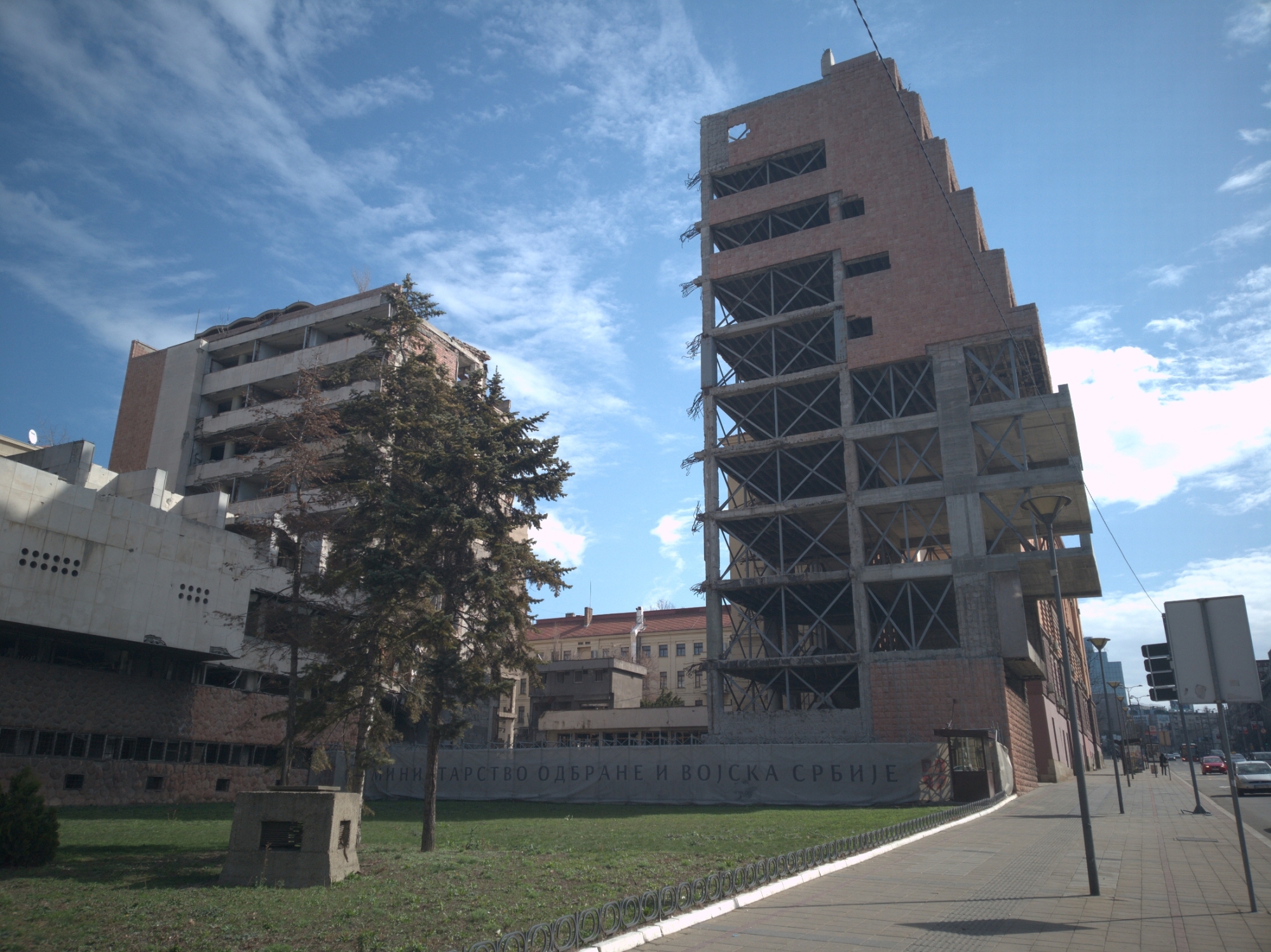
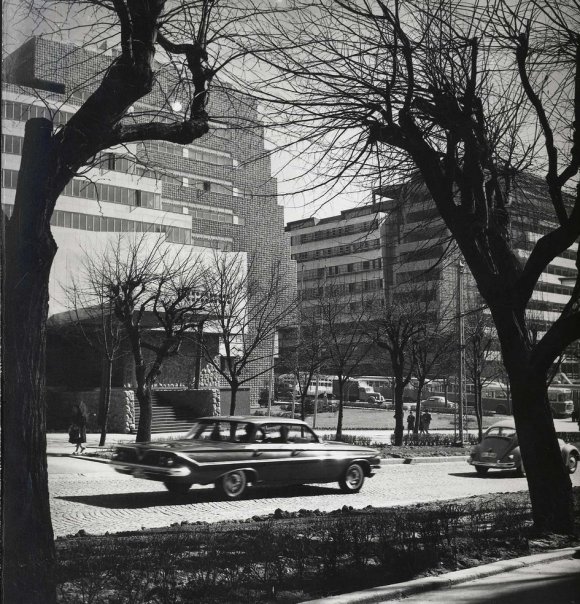
Architect Dobrovic did not foresee second void (Photo: left – Blog –Images of the disappearing Belgrade, right: Milena Tatalovic). Move the slider back and forth to move between the images.
Two twin buildings, located in a wide central boulevard are surrounded by graffiti-riddled fences. They are the first thing many people see when they come to Belgrade. Windowless, dark and empty, they are certainly not the most cheerful place to visit. But they are undeniably places of history. Under the cumulative name of “Generalstab” (The general stuff building – Army headquarters) they met their doom on two occasions in April and May 1999. These bombs ended its 34-year old life of masterpieces of post-war architecture.
General Wesley Clark, commenting on the first attack on the Army Headquarters, said that they hit “the heart and the mind of the Yugoslav war machine”. Foreign public presented with this rhetoric was unaware and uninterested in architectural and historical value of these buildings, as well as their original symbolism.
Describing the “Generalstab“, his most grandiose achievement, architect Nikola Dobrovic introduced the symbolism of “void”. Between two symmetrical buildings is a space open for the street coming up the hill from the main railway station to the city. The void is the only recognizable symbol in the complex attached to a philosophical idea as something that energizes and connects the entire composition. Evocative of Sutjeska canyon (the place of one of the greatest battles against the Fascist occupation in World War II) the architect imagined the void as an integral part of his new image of national Yugoslavian identity. “The identity of the nation was to be found in the void, in non-matter, and in the action of the individual moving through the void“
Between Symbolism and Reality – Which Void to Remember?
The ruins of “Generalstab” are an ominous and powerful sight to behold – large, empty, with staircases that lead to nowhere. The architect’s idea of a void is replaced with craters made by bombs and large gap still stands unfilled. The building seems to stubbornly resist commemoration as well as any attempt at urban renewal. While it lacks commemorative plaques, it has also not been turned into a hotel either, despite such plans having been in public debate. It stands like a natural monument, surrounded by many embassy buildings. Neither a memorial, nor a ruin.
Which void to commemorate? The one from the architect’s vision disappeared alongside Yugoslavia. The one from NATO is an ugly urban reminder. In order to prevent turning the blind-eye again and not let history repeat itself, maybe the solution is to remember both. It would be a shame not to use this building as a museum or a memorial of all war and warlike conflicts in this region. It could be a good chance to enlighten the younger and to remind the older of troubled past. To explain them about all events that preceded the bombings and the consequences that they had on our society and state.

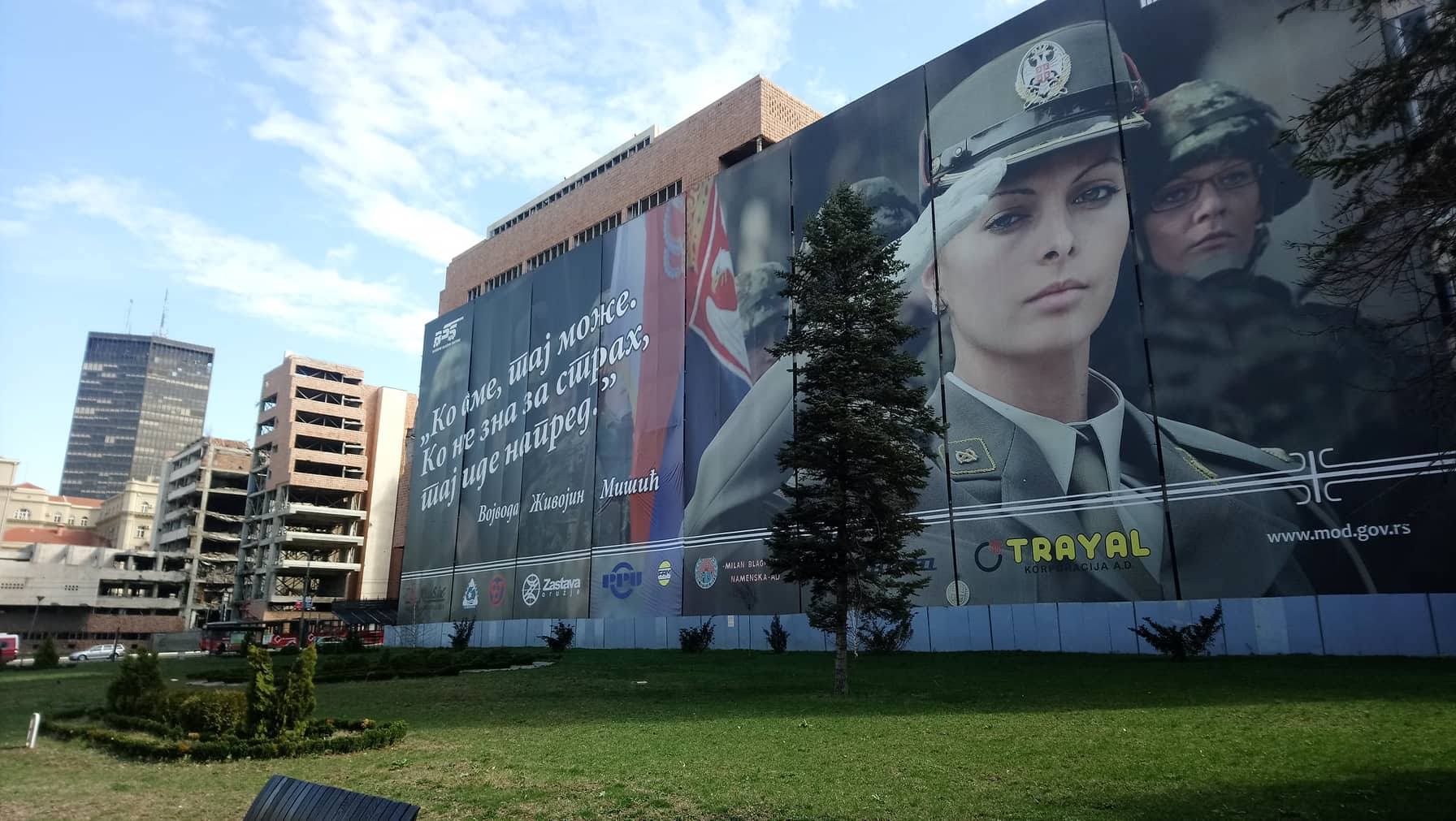



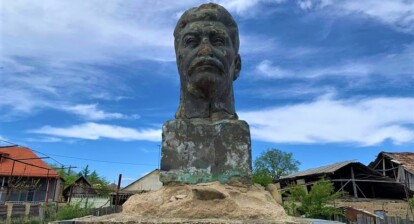
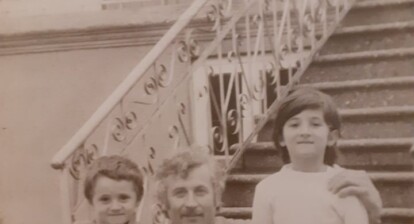
Aliya ini
informative article…thank you so much.